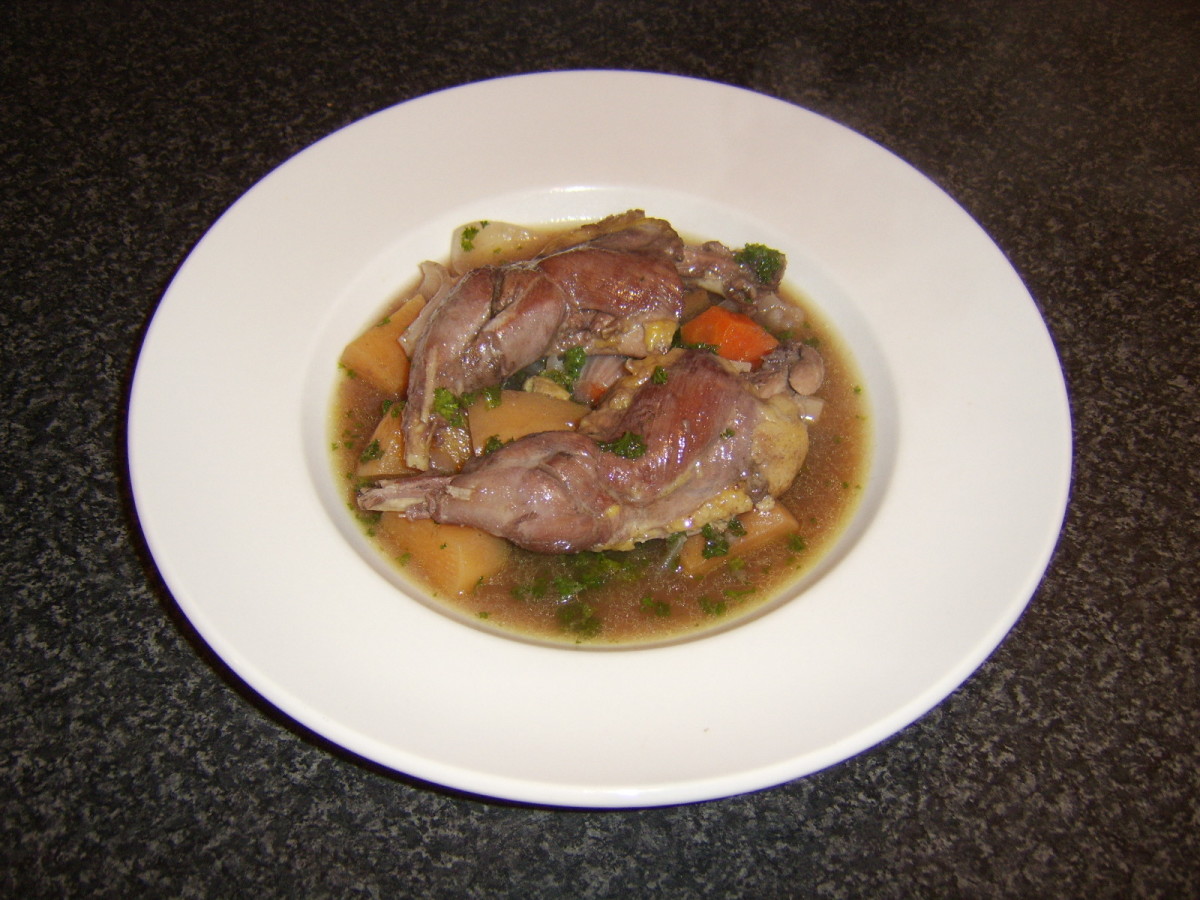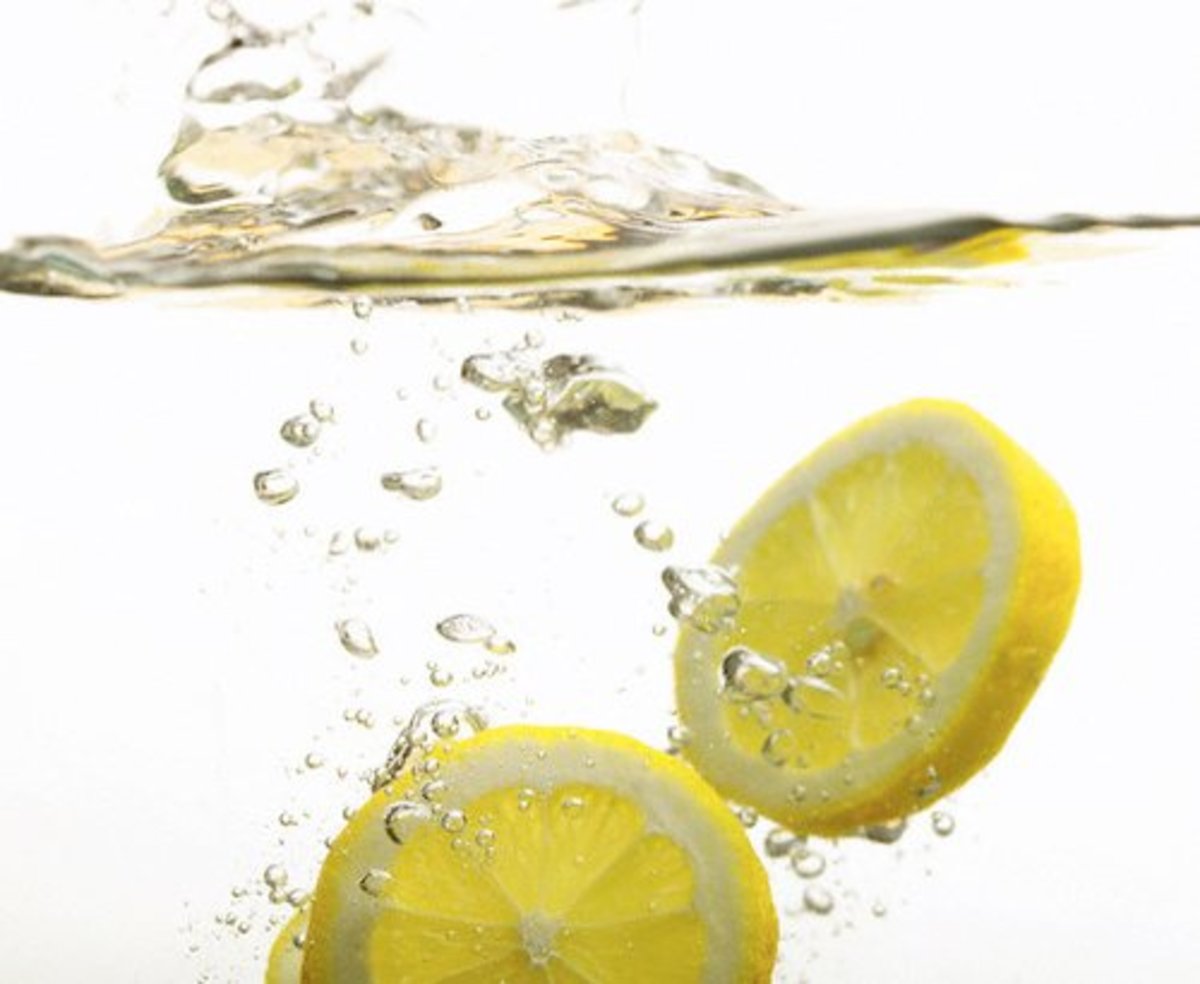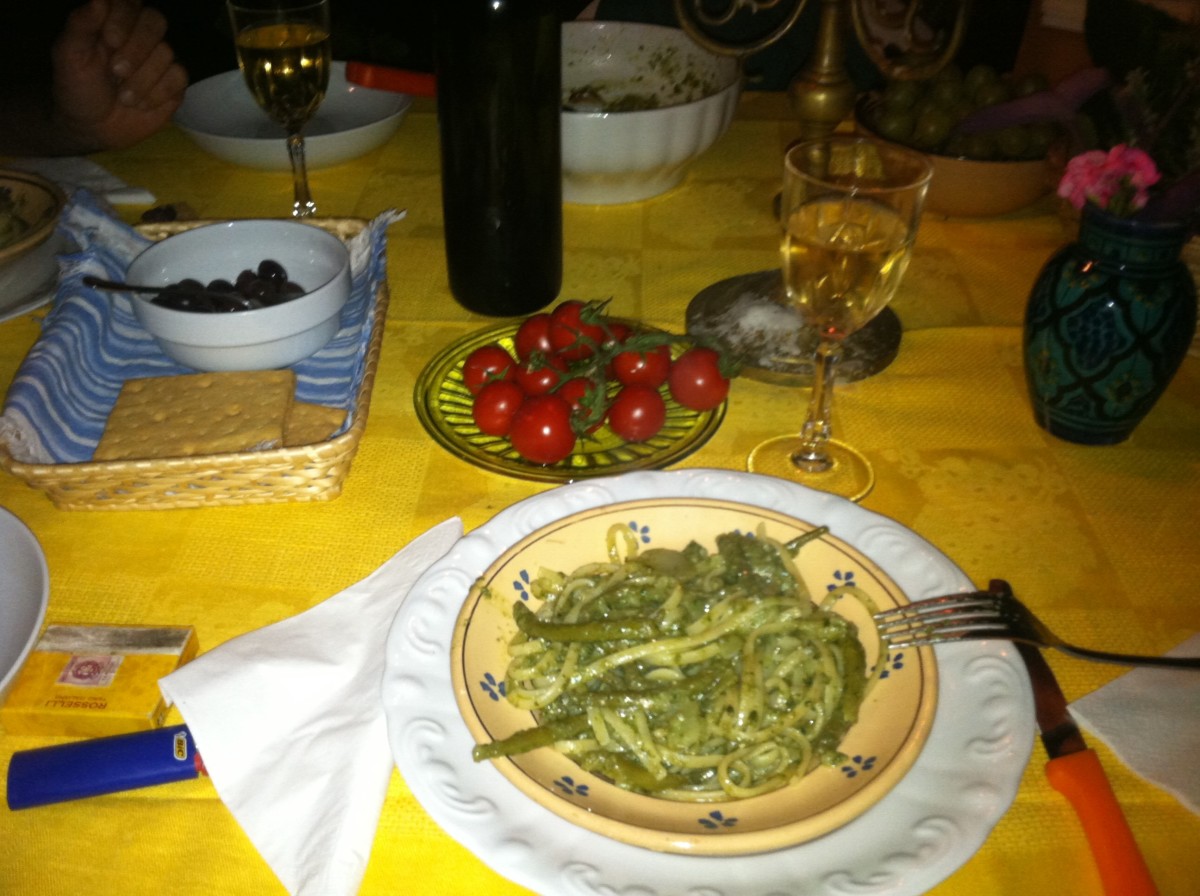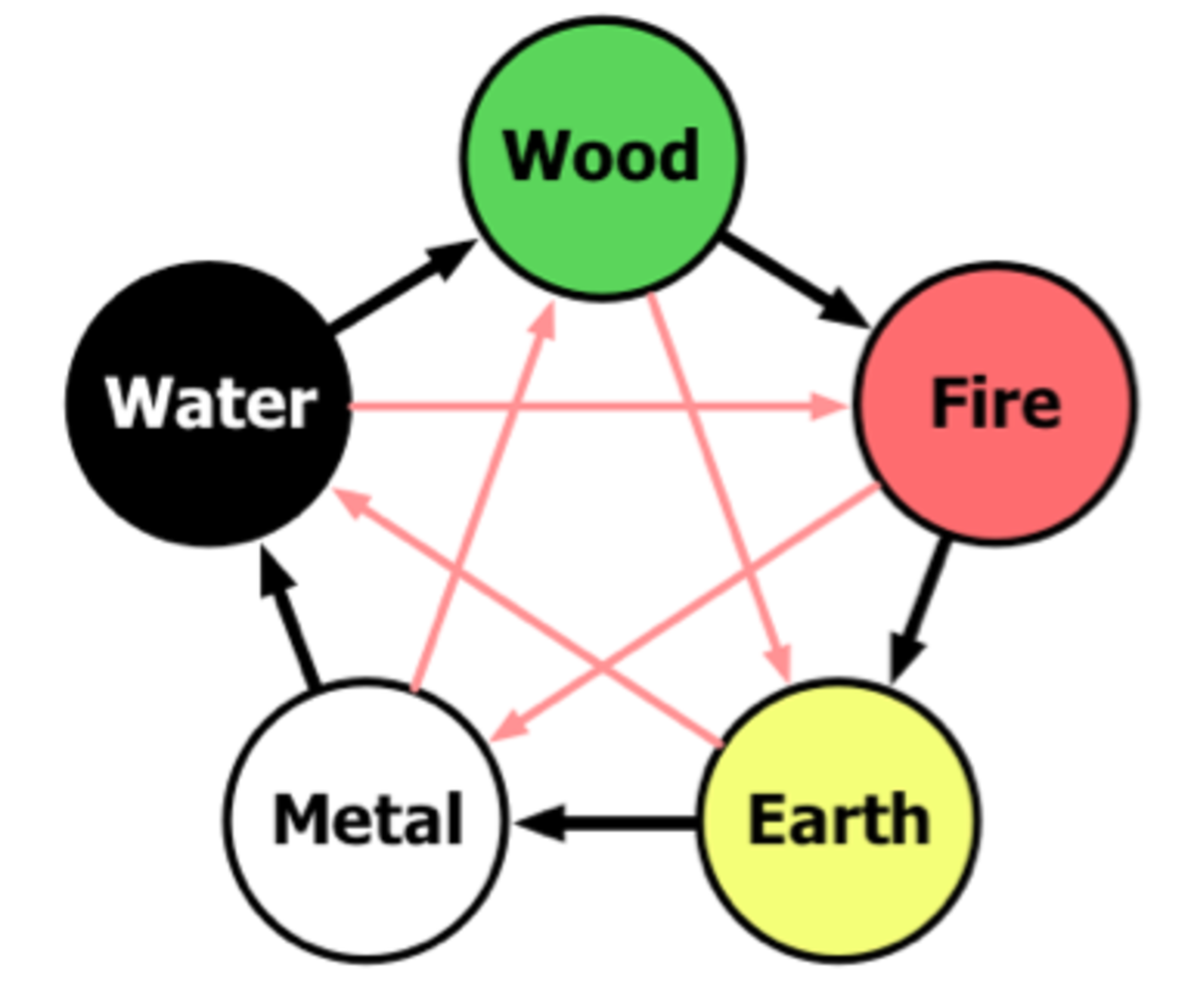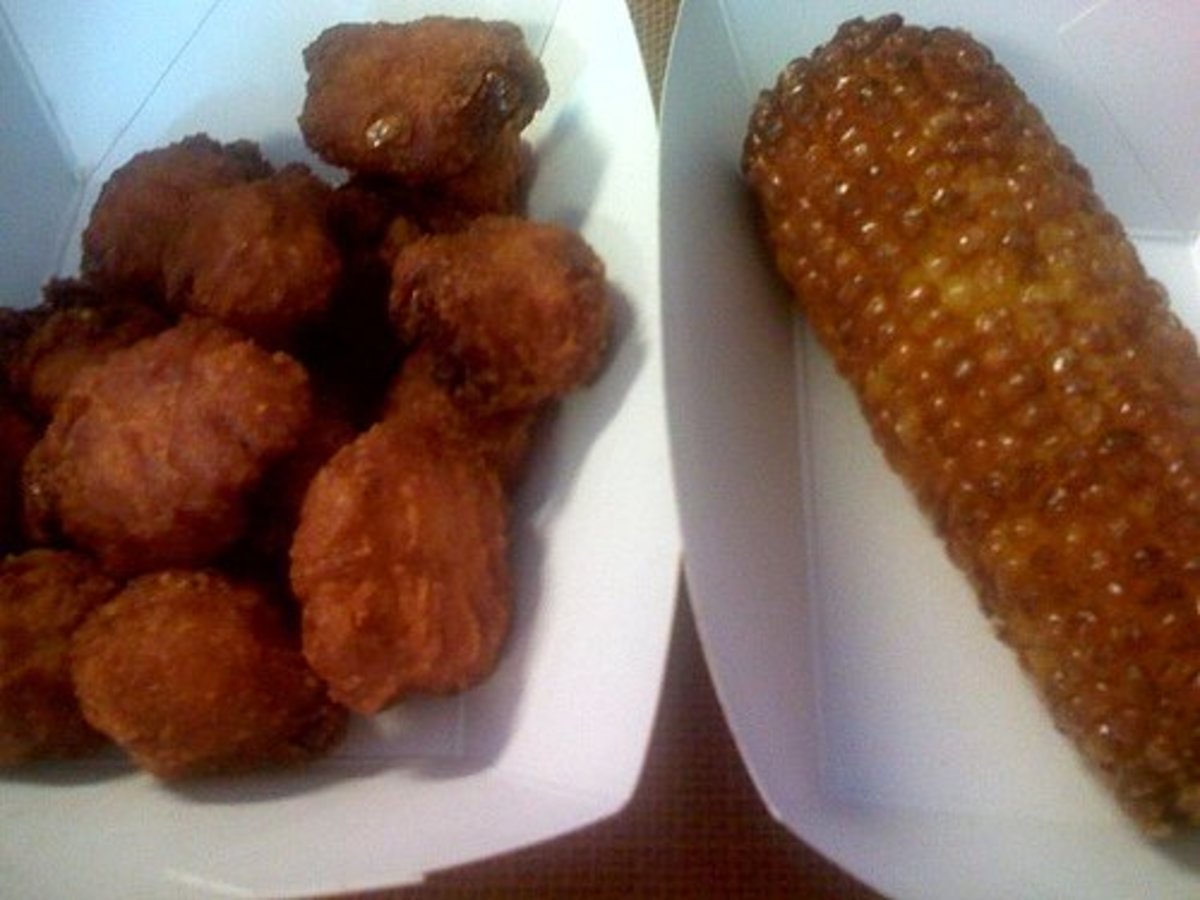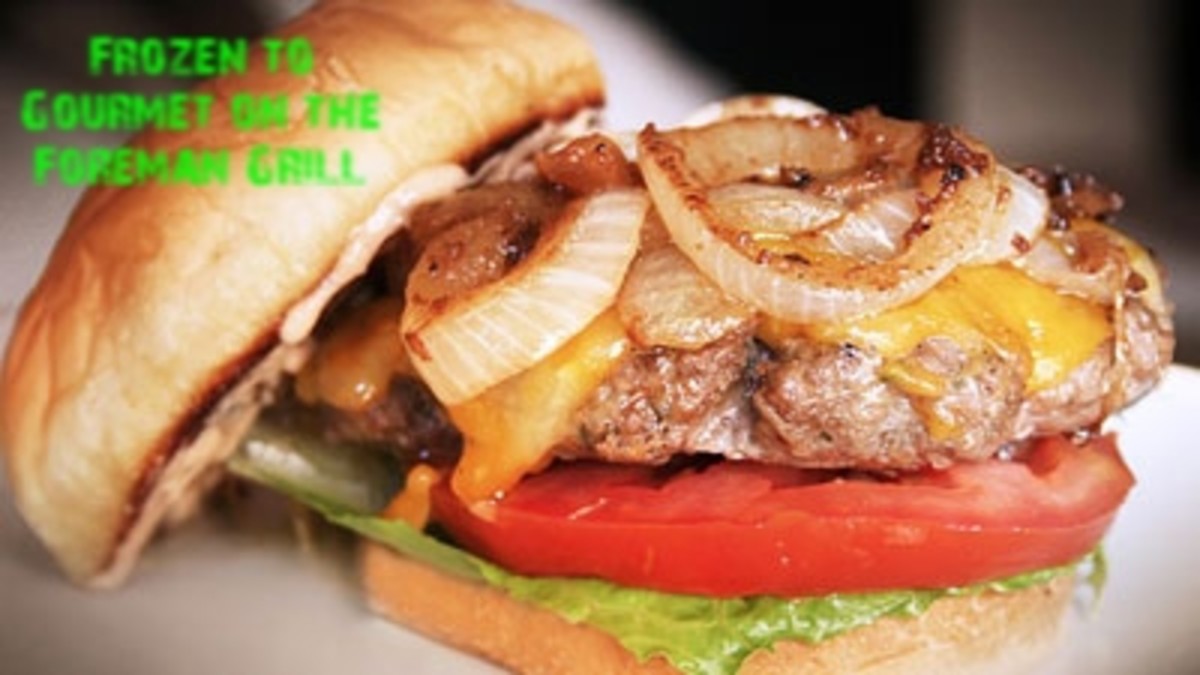Energy saving tips for the Kitchen!
I'm sure it will not be a surprise to anyone if I tell you that the kitchen uses up more energy then any other room in the house.
Most of today's focus is on 'Green-homes' worldwide, here is a list of tips that will trim some of the uses down, savings for both money and energy.

General tips!
* * Keep appliances, small and large clean and in good repair or working order.
- Non-clean appliances will smoke (obviously) messing up your air.
- It takes more energy to heat up an oven with an inch of caked on mess in the bottom
- Old appliances also use up more energy. i.e. To run a fridge that's more then 18-20 years old (almost empty beer fridges in every second garage) you can use up over $250 worth of hydro per year.
* * Whenever possible instead of heating up the oven use small appliances; items such as toaster oven, small Microwave, electric fry-pan, slow cooker whenever possible.
- Obviously small appliances will use up less energy, especially for smaller amount of foods.
* * Avoid recipes that require both surface and oven elements.
* * Prepare foods ahead if energy can be saved.
- Soak beans, lentils etc. on the counter overnight
- Cook meat, vegetable dishes and dessert together.
* * Finish cooking foods with 'stored' heat. Turn off electricity several minutes before end of cooking time.
- A roast needs to sit for a good 10 minutes after its done so you can turn off the oven 15-18 minutes before the estimated finished time---the roast will still cook for 5-8 minutes then slightly open the oven door and it can rest for the extra ten out of the way in the oven.
* * Plan your meals around the seasons.
- In the hot summer plan on recipes that need shorter cooking periods. First you're heating up the house by cooking lengthy meals then you need to use the air conditioner to cool the house down again. (salads and BBQ, subs, quick quiches etc.)
- Keep an eye on the weather forecast in a cold spell prepare a few days worth of meals ahead of time that can be frozen, de-frosted and just reheated.
- Defrost foods in the fridge rather cook from frozen this will save a lot of energy.
- Winter foods such as stews, roasts etc. are just perfect when done in a slow-cooker. Using an oven for two hours uses up more energy then using a slow-cooker for a full day. Slow-cooker bonus, you can add your carrots and potatoes with the roast and it's all done when you get home from work.
- In the winter months leave the oven door slightly open after usage. The heat can be used to warm up the home.
* * Keep your freezer full at all times.
- Keeping a freezer well stocked saves money in the long run too as all items frozen keep each other cold too.
- A full freezer also also keeps freezer burn from foods longer, less air circulation and less temperature variations.
* * Food in fridges should be kept away from the sides and rear so that a constant good air circulation is possible.
- With air being able to circulate around individual food items the motor doesn't need to come on as often to keep things cold thus saving energy.
- Also to retrieve items from an overcrowded fridge makes it harder to find wanted items therefore the door is open that much longer thus using more energy.
Stove top!
* * Choose cooking methods that take less then 1 hour or use
only one element.
- Stir-fry
- One-dish-meals
* * Use cookware made with the following features:
- Metal heavy enough to conduct heat evenly
- Flat bottoms
- Straight sides
- Tight fitting lids
* * Try to keep the lid on as long as possible.
- This is obvious, keeping the lid on keeps in the heat and steam therefore cooking faster and less energy is used.
- For the same reason also try to use a saucepan or pot that's just the right size, too large too much space etc...
* * Choose saucepans and pots to fit the element.
- If they extend more than an inch beyond the heated area, energy is wasted.
* * Cook food in the smallest amount of water possible.
- Once the water comes to a boil, lower the temperature a couple of degrees, higher heat will not cook food any faster.
* * Use the element over the oven vent as a food warmer.
- There is enough heat coming up from the oven vent to heat up a left over vegetable.
- Place day-old dinner rolls or buttered garlic bread over vent for 10 minutes in a brown paper bag and they will taste almost freshly baked.
Oven.
* * Try not to preheat your oven if at all possible unless the broiler element comes on during the preheating cycle. This could burn the surface of the food.
* * Utilize all the oven space by baking the entire meal.
- Main dish, vegetables and dessert can all be done by choosing foods which cook at the same temperature or can be cooked at the same temp but different lengths of time such as casseroles, vegetables, potatoes, muffins etc.
* * Prepare and bake larger quatities of food.
- Baking a whole chicken at once then using the chicken breast for tonight's dinner and the rest of the chicken for tomorrow's chicken tetrazzini. (for food safety remove meat from bones before saving it in the fridge)
- Freeze the extras for great lunches or home made TV dinners.
* * Thaw foods in the refrigerator before cooking.
- Some foods let you cook it right from frozen state but it will take less energy to cook, bake or broil if its been de-frosted in the fridge before hand.
* * Use bake-wear that absorbs and retains heat.
- Glass or pyrex wear.
- Dark colored metal.
* * Allow enough space between dishes to permit good air-circulation.
* * Only open oven door when absolutely necessary.
- Temperature can drop anywhere from 5 to 20 degrees each time it's opened.
* * Never use the oven for small items such as toasting bread , heating rolls or baking just one lone dish.
* * Don't set temperature control any higher then required.
- Everything needs a certain amount of time to cook or bake 5 to 10 degrees lower temps will not slow down the cooking process anymore then 2-3 minutes but it will significantly save on energy. You could save anywhere to 6-7 dollars a year.
* * Use retained stored heat to -
- Bake individual meringues overnight.
- Make home made croutons by cubing stale bread placing them onto a cookie sheet sprinkling with olive oil and garlic powder.
- Dry herbs by placing them onto a paper towel on a cookie sheet, wait for oven to be less then 200 degrees otherwise the herbs will cook instead of dry.
- Warm rolls and desserts.
- Warm plates. While the roast is taking that 10 minute rest on the counter before being carved the plates can get nice and toasty warm. (handle with care)
- It's also great to use the left-over heat to dry the kid's dough art projects.
By following these steps you will be able to save significantly on your energy bill. Each item individually will save only a little amount but we all know; a lot of small will accumulate to a big.
- Chicken Paprikas! A Heritage Recipe.
Let me set the scene, it's August 1973. I've been a bride for almost three weeks. My first dinner party for my new in-laws. And let me tell you they didn't come in small batches. No they came in a package of... - How to make Hungarian plum dumplings
Hungary has the perfect growing conditions for plums. My families orchard in the northeast of Hungary had many old plum trees. Stanley, Italian, SantVidor and Czar kind are best as they are freestone types.... - How to make The BEST Mac & Cheese Casserole
When my kids were growing up I never seemed to know how many to make dinner for. There were always a couple of extra - Safe Grilling/BBQ 101
If you're like me you can't wait for the first warm enough weather to have a barbecue get-together. This summer, why not enjoy all those grills without worrying about the harmful bacteria that could be...
- Hungarian Goulash: My Favorite Heirloom Recipe (pass...
As far as Heirloom recipes go, I have two. Having been born in Hungary coincidentally - Hungarian Potato Noodles!
These type of potato noodles are commonly made as a dessert in Hungary. But to realize just how versatile they can really be depends on what type of add-ons you sprinkle on, pour on or combine them with. I've... - The Worlds Best Basil and Garlic Pesto!
Oddly enough this recipe was given to me by my best friends Grandma. What's odd is that they were Polish. Babtcha (that's what we called her) was a barely five foot tall, stooped over in the middle 86 year... - The Benefits Of Being A Vegan!
The Benefits of being a Vegan: There is an abundance of information out there about the Vegan way of life but the question remains what are the benefits of choosing to follow what might at first appear as... - 1 Year hub-versary!
October 22nd 2007 a day in history... my history that is, a year ago I found my new home away from home. HUBPAGES. To give you the long tour (the short one is just too boring ...I've always wanted to be a...

